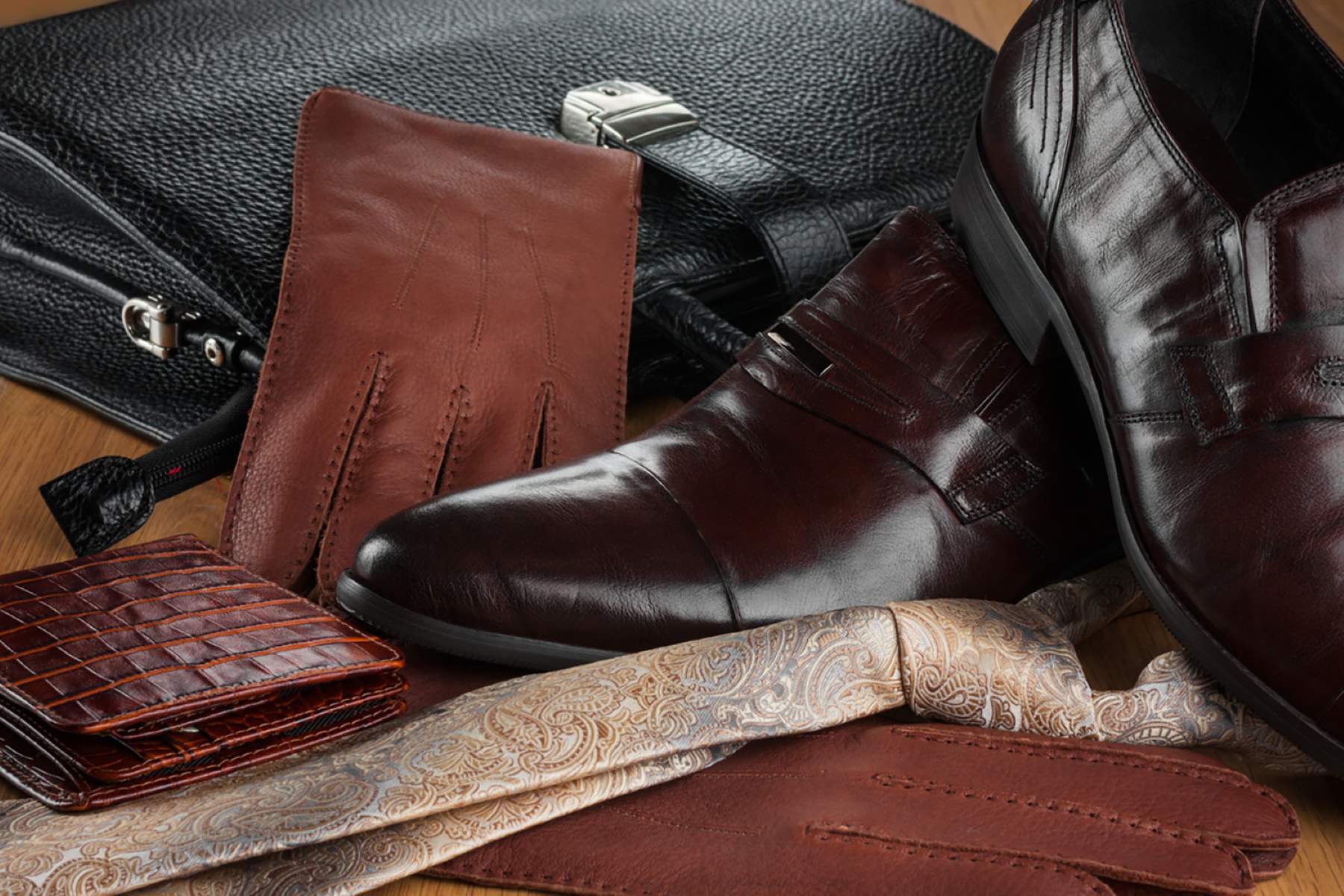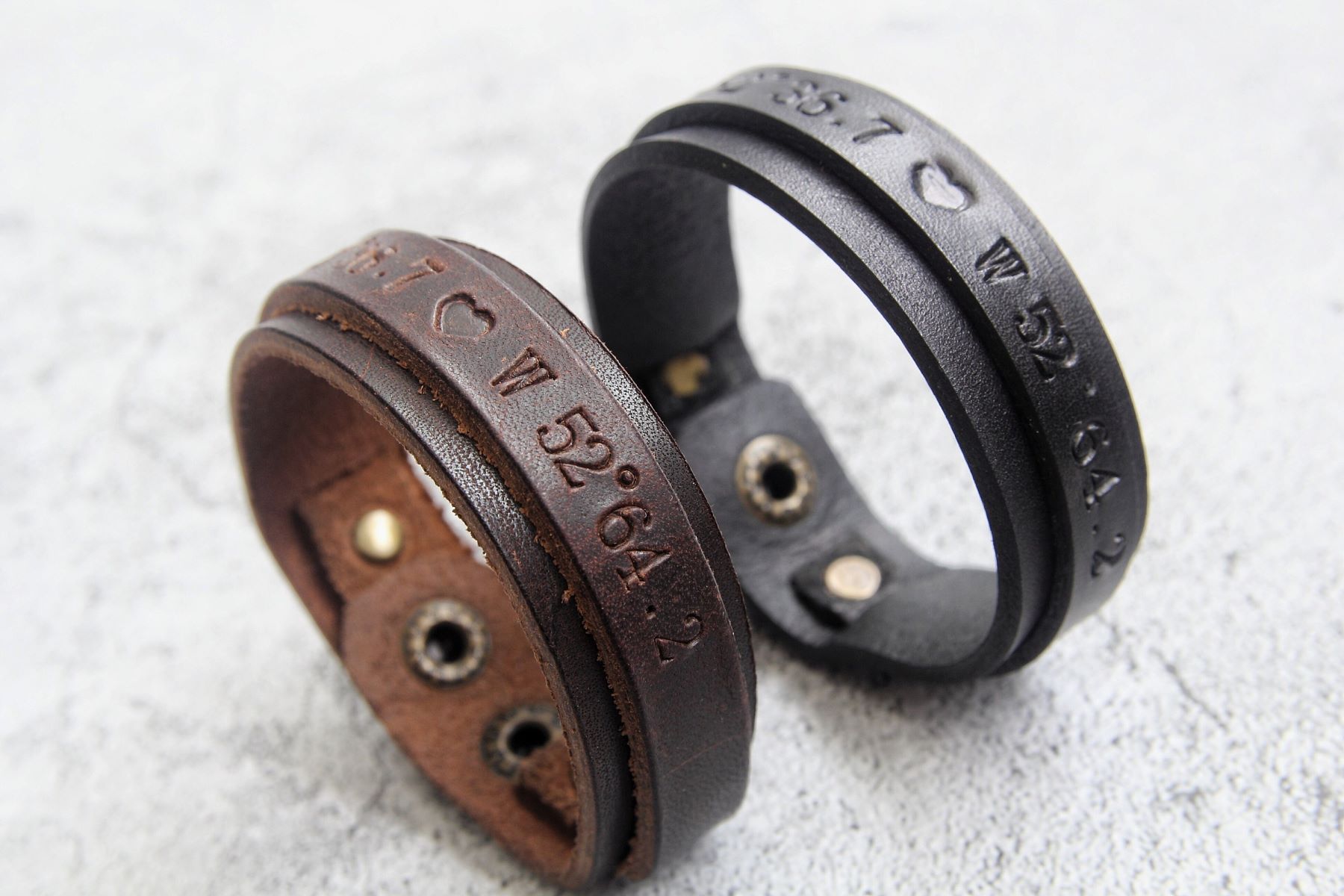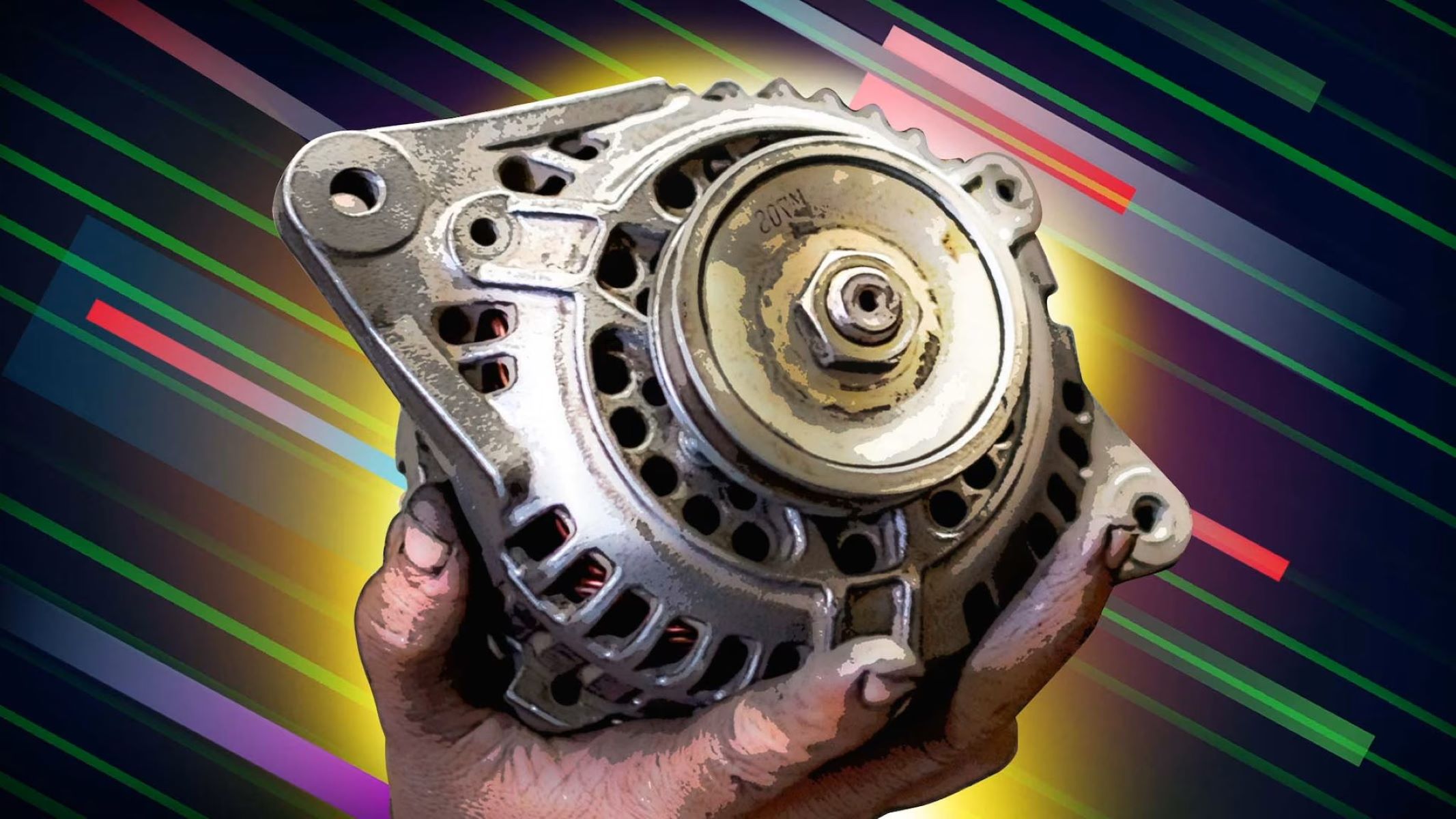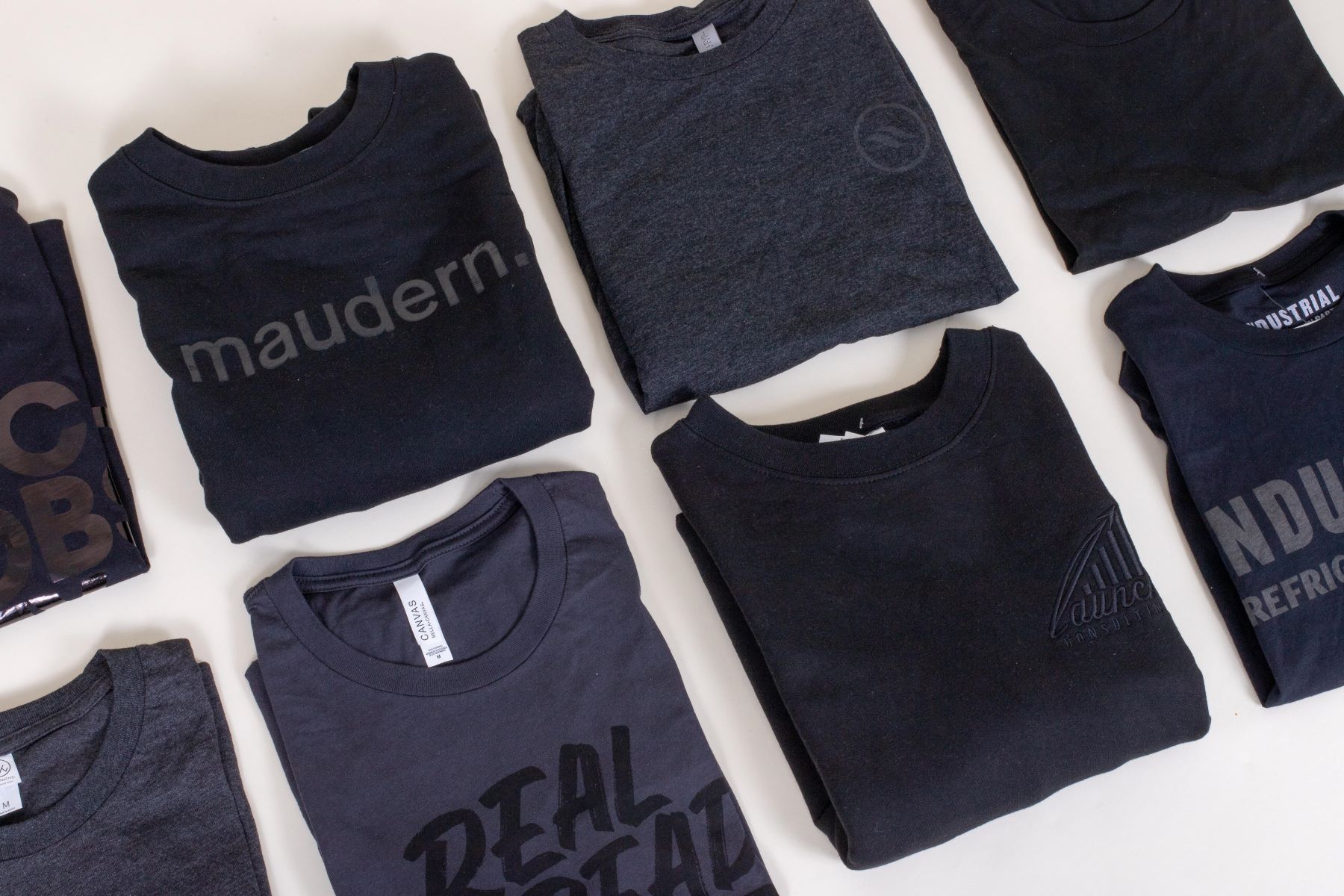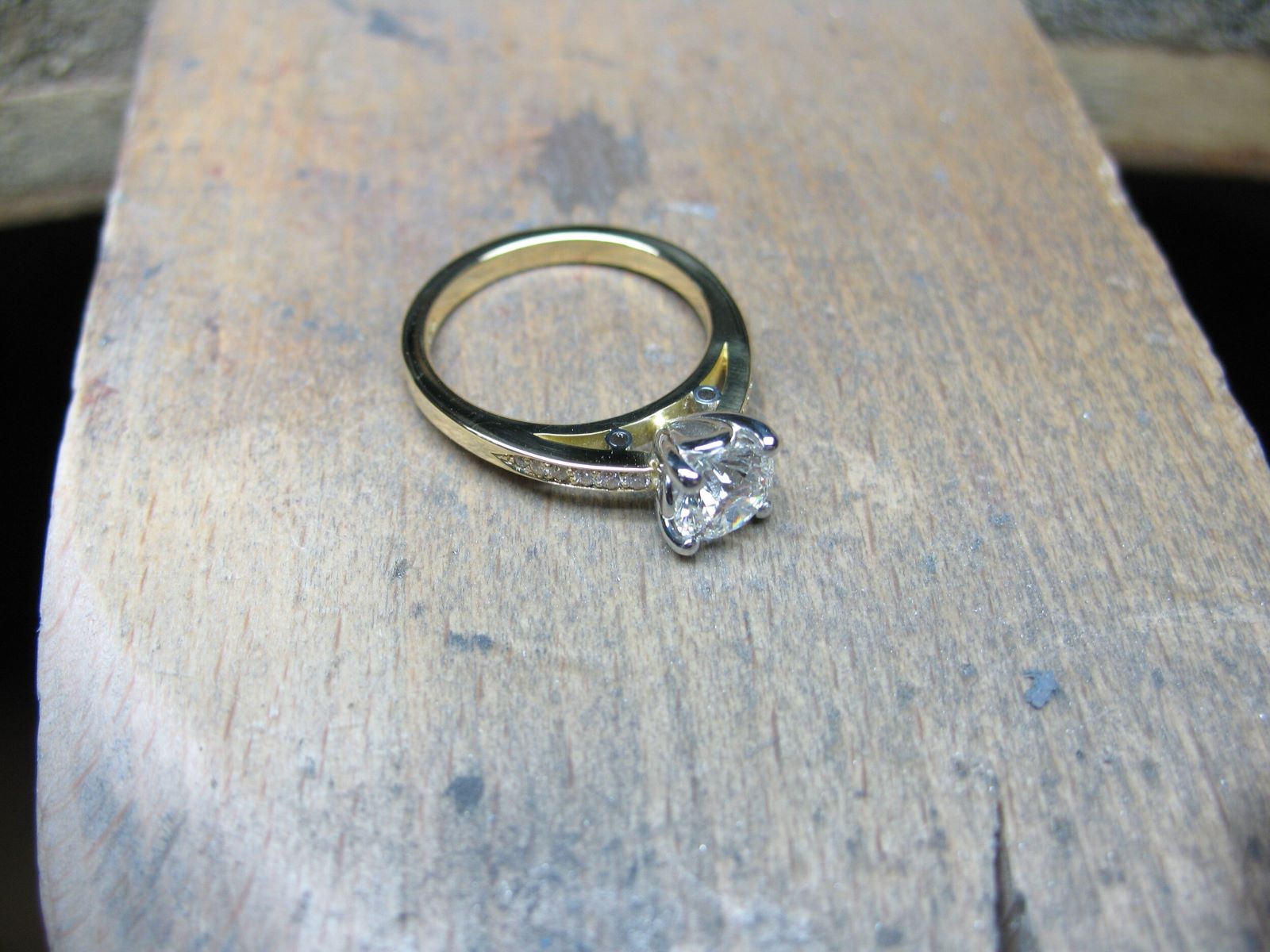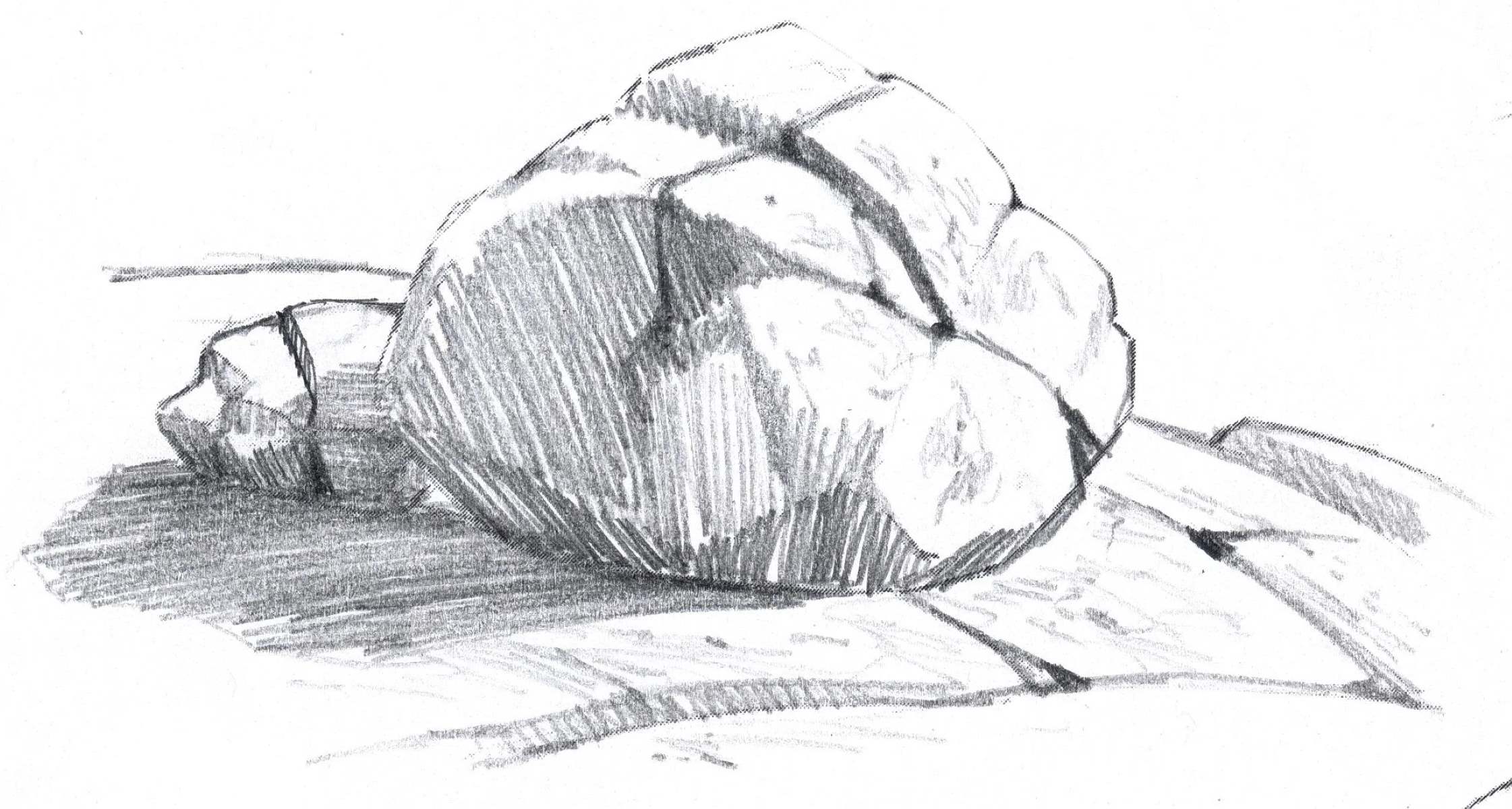Home>Home and Garden>How To Soften Leather
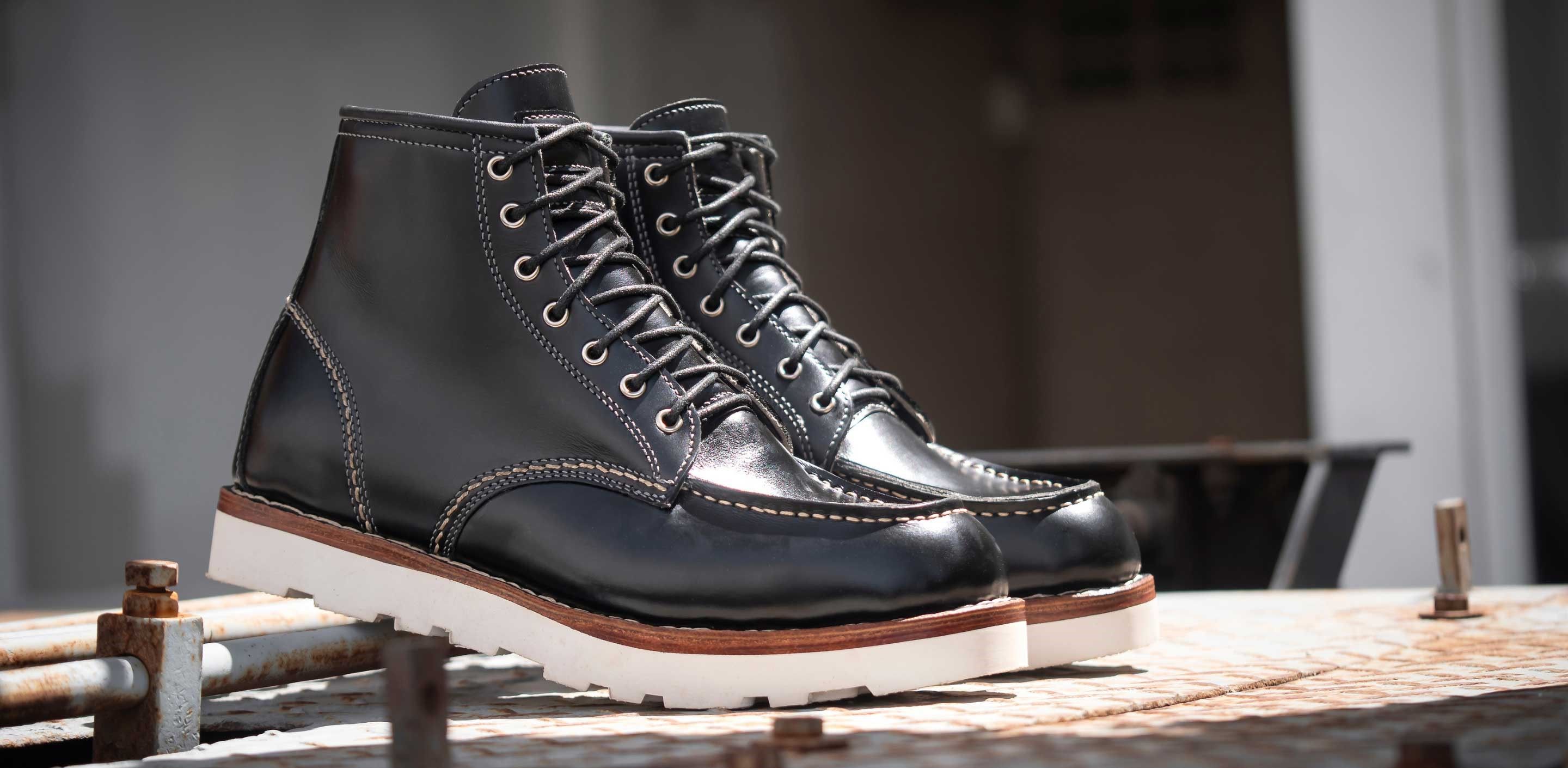

Home and Garden
How To Soften Leather
Published: February 29, 2024
Learn how to soften leather at home with simple and effective methods. Discover easy tips for softening leather in this comprehensive guide. Perfect for home and garden enthusiasts.
(Many of the links in this article redirect to a specific reviewed product. Your purchase of these products through affiliate links helps to generate commission for Regretless.com, at no extra cost. Learn more)
Table of Contents
Introduction
Leather is a timeless and versatile material that has been cherished for centuries due to its durability and classic appeal. Whether it's a cherished leather jacket, a beloved pair of boots, or a well-worn leather sofa, the supple texture and rich patina of leather evoke a sense of luxury and comfort. However, over time, leather can become stiff and lose its flexibility, leading to discomfort and a less appealing appearance. Fortunately, there are various methods to restore the softness and pliability of leather, allowing you to prolong the life of your favorite leather items and enjoy their luxurious feel for years to come.
Understanding the unique characteristics of leather and the factors that contribute to its stiffness is essential in effectively softening it. Different types of leather, such as full-grain, top-grain, and genuine leather, have distinct properties that influence their softness and response to conditioning methods. Additionally, environmental factors, such as exposure to sunlight, moisture, and temperature fluctuations, can impact the suppleness of leather over time. By gaining insight into these aspects, you can tailor your approach to softening leather based on the specific type and condition of the item.
In this comprehensive guide, we will explore the art of softening leather, covering both traditional and natural methods, as well as the use of specialized leather softening products. Whether you're looking to revive an old leather piece or maintain the softness of a new acquisition, this guide will equip you with the knowledge and techniques needed to achieve optimal results. From understanding the science behind leather softening to practical tips for maintaining the softness of treated leather, this guide will empower you to preserve and enhance the luxurious feel of your leather possessions. So, let's embark on this journey to unlock the secrets of softening leather and breathe new life into your cherished leather items.
Understanding Leather
Leather is a natural material that possesses unique qualities, making it a sought-after choice for various products, including apparel, accessories, furniture, and upholstery. Understanding the composition and characteristics of leather is crucial in comprehending how it responds to softening techniques. Different types of leather, such as full-grain, top-grain, and genuine leather, exhibit distinct attributes that influence their softness, durability, and overall appearance.
Full-Grain Leather
Full-grain leather is revered for its premium quality and natural beauty. It is crafted from the outermost layer of the animal hide, retaining the original grain and imperfections, which contribute to its distinctive texture and appearance. Due to its minimal processing, full-grain leather maintains exceptional durability and develops a rich patina over time. Its inherent strength and resistance to wear make it a popular choice for high-end leather goods, including luxury bags, wallets, and footwear.
Top-Grain Leather
Top-grain leather is derived from the upper layer of the hide and is meticulously buffed and sanded to remove imperfections, resulting in a smooth and uniform surface. While it may lack the raw authenticity of full-grain leather, top-grain leather offers a balance of durability and a more refined aesthetic. This type of leather is commonly used in furniture upholstery, belts, and high-quality leather garments.
Genuine Leather
Genuine leather, often misconstrued as a mark of superior quality, actually refers to a broad category of leather that encompasses various grades and finishes. It is important to note that genuine leather does not necessarily indicate the highest grade of leather. Instead, it denotes that the product is made from real leather, albeit potentially processed and altered to varying degrees. Items labeled as genuine leather can range from relatively inexpensive to higher-end products, depending on the specific processing methods and quality of the raw material.
By familiarizing yourself with the diverse characteristics of different types of leather, you can tailor your approach to softening methods based on the specific properties and condition of the leather item. This understanding will enable you to make informed decisions when selecting the most suitable techniques and products to restore and maintain the softness of your cherished leather possessions.
Read more: How To Soften Jeans
Methods for Softening Leather
When it comes to softening leather, there are several effective methods that can restore its suppleness and enhance its tactile appeal. Each approach offers unique benefits and is suited to different types of leather and specific conditions. Here are some tried-and-true methods for softening leather:
1. Conditioning with Leather Balm or Oil
Applying a high-quality leather balm or oil is a popular and effective way to soften leather. These specialized products are designed to penetrate the leather fibers, replenishing lost moisture and restoring flexibility. When selecting a leather conditioner, opt for a formula specifically tailored to the type of leather you are treating, whether it's full-grain, top-grain, or genuine leather. Gently massage the conditioner into the leather using a soft, lint-free cloth, allowing it to be absorbed thoroughly. This method not only softens the leather but also helps to nourish and protect it from future damage.
2. Using a Leather Softening Cream
Leather softening creams are formulated to rejuvenate stiff and dry leather, making them an excellent choice for revitalizing old or neglected leather items. These creams typically contain emollients and conditioning agents that work to soften the leather and restore its natural luster. To use a leather softening cream, apply a small amount to the leather surface and massage it in using circular motions. Allow the cream to be absorbed, and then buff the leather gently to achieve a smooth and supple finish.
3. Employing Heat and Moisture
Another effective method for softening leather involves the use of heat and moisture to relax the fibers and improve pliability. This can be achieved by exposing the leather to gentle heat, such as using a hairdryer on a low setting or placing the leather item in a warm, humid environment. Once the leather becomes slightly warm and more receptive, massage it gently to encourage flexibility. Be cautious not to overheat the leather, as excessive heat can cause damage. Following this method, conditioning the leather with a suitable product is recommended to lock in the softness and prevent drying out.
Read more: How To Stretch Leather Shoes
4. Repeated Flexing and Manipulation
For leather items such as gloves, shoes, or bags, gentle and repeated flexing can help soften the material and mold it to the desired shape. By wearing the leather item and moving it naturally, the repeated bending and stretching can gradually loosen the fibers and improve the overall softness. This method is particularly effective for breaking in new leather goods or restoring the flexibility of stiffened items that have been stored for an extended period.
By employing these methods, you can effectively soften and rejuvenate your leather items, ensuring that they remain supple, comfortable, and visually appealing for years to come. Each approach offers a unique way to address the stiffness and dryness of leather, allowing you to tailor your softening technique to the specific needs of your cherished leather possessions.
Using Leather Softening Products
When it comes to revitalizing stiff and dry leather, the use of specialized leather softening products offers a convenient and effective solution. These products are specifically formulated to address the unique needs of different types of leather, providing targeted nourishment and conditioning to restore flexibility and enhance the tactile comfort of leather items.
Leather balms and oils are among the most widely used and trusted leather softening products. These formulations are designed to penetrate the leather fibers, replenishing essential moisture and revitalizing the natural suppleness of the material. When selecting a leather balm or oil, it is crucial to consider the specific type of leather being treated, as different formulations cater to the distinct properties of full-grain, top-grain, or genuine leather. By choosing a product tailored to the type of leather, you can ensure optimal results and long-term preservation of the material.
To apply a leather balm or oil, begin by cleaning the leather surface to remove any dirt or residue. Using a soft, lint-free cloth, gently massage the product into the leather, ensuring thorough coverage. Allow the balm or oil to be absorbed, and then buff the leather gently to achieve a smooth and lustrous finish. This process not only softens the leather but also helps to protect it from future damage, making it an essential step in leather care and maintenance.
In addition to balms and oils, leather softening creams are another valuable option for rejuvenating stiffened leather. These creams contain emollients and conditioning agents that work to soften the material and restore its natural luster. When using a leather softening cream, apply a small amount to the leather surface and massage it in using circular motions. As the cream is absorbed, the leather will gradually regain its flexibility and become more pliable, resulting in a more comfortable and visually appealing texture.
When choosing leather softening products, it is essential to prioritize quality and compatibility with the specific type of leather being treated. By investing in reputable and specialized formulations, you can ensure that your leather items receive the care and attention they deserve, prolonging their lifespan and maintaining their luxurious feel.
By incorporating leather softening products into your leather care routine, you can effectively address stiffness and dryness, allowing you to enjoy the timeless elegance and comfort of your leather possessions for years to come. Whether it's a cherished leather jacket, a beloved pair of boots, or a classic leather sofa, the use of high-quality leather softening products can breathe new life into your favorite leather items, ensuring that they remain supple, resilient, and a joy to use.
Natural Ways to Soften Leather
In addition to specialized leather softening products, natural methods offer an alternative approach to restoring the suppleness and tactile comfort of leather. These techniques harness the power of natural ingredients and gentle processes to rejuvenate stiffened leather, providing a chemical-free and environmentally friendly solution for softening leather items.
1. Using Vinegar Solution
A vinegar solution can be an effective natural remedy for softening leather. By mixing equal parts of water and white vinegar, a mild yet potent solution is created. Dampen a soft cloth with the vinegar solution and gently rub it onto the surface of the leather. The mild acidity of the vinegar helps to relax the leather fibers, restoring flexibility and softness. After applying the solution, allow the leather to air dry thoroughly, and then condition it with a suitable leather balm or oil to lock in the softness.
2. Conditioning with Coconut Oil
Coconut oil, renowned for its moisturizing properties, can be utilized to soften and condition leather naturally. When using coconut oil, it is important to warm it slightly to liquefy it before application. Using a soft cloth, apply a small amount of coconut oil to the leather surface, massaging it in gentle circular motions. The oil penetrates the leather, replenishing lost moisture and enhancing its pliability. After allowing the coconut oil to be absorbed, buff the leather gently to achieve a smooth and supple finish.
3. Employing Beeswax and Lanolin
A mixture of beeswax and lanolin can serve as a natural leather softening treatment, offering nourishment and protection for the material. To create the mixture, melt equal parts of beeswax and lanolin together, and then allow the blend to cool and solidify. Once the mixture has reached a manageable consistency, apply it to the leather using a soft cloth, ensuring even coverage. The beeswax and lanolin combination deeply conditions the leather, restoring its natural softness and sheen. After application, allow the leather to absorb the mixture, and then gently buff it to achieve a supple and rejuvenated texture.
By embracing these natural methods, you can effectively soften and revitalize your leather items while minimizing exposure to synthetic chemicals. Whether it's a cherished leather bag, a vintage jacket, or a timeless pair of gloves, these natural techniques offer a gentle and sustainable approach to preserving and enhancing the luxurious feel of your leather possessions.
Tips for Maintaining Softened Leather
Once you have successfully softened your leather items, it is essential to implement proper maintenance practices to preserve their renewed suppleness and ensure long-lasting comfort and visual appeal. Here are valuable tips for maintaining softened leather:
-
Regular Cleaning: Establish a routine for cleaning your softened leather items to remove dirt, dust, and other contaminants that can compromise their softness and appearance. Use a soft, damp cloth to gently wipe the surface, taking care to avoid harsh scrubbing or excessive moisture, which can affect the leather's texture.
-
Conditioning: Continue to condition your softened leather periodically to replenish moisture and maintain its flexibility. Select a high-quality leather conditioner suitable for the specific type of leather, and apply it according to the product's instructions. Conditioning helps to nourish the leather, preventing it from drying out and reverting to its previous stiffened state.
-
Storage: Proper storage is crucial for preserving the softness of leather items. When not in use, store leather garments, accessories, and upholstery in a cool, dry place away from direct sunlight and heat sources. Avoid storing leather items in plastic bags or containers, as this can trap moisture and lead to mold or mildew growth.
-
Avoiding Excessive Moisture: While leather requires adequate moisture to remain supple, excessive exposure to water or high humidity can damage the material and compromise its softness. Take precautions to shield your leather items from prolonged contact with water, and promptly dry them if they become damp.
-
Protection from Abrasion: Protect softened leather from excessive friction and abrasion, which can cause premature wear and diminish its soft texture. Be mindful of how you handle and use leather items, taking care to avoid rough surfaces and sharp objects that could damage the material.
-
Professional Maintenance: For valuable or delicate leather items, consider seeking professional maintenance services from experienced leather care specialists. Professional cleaning, conditioning, and repair can help prolong the life of your leather possessions and ensure they retain their softness and allure.
By incorporating these maintenance tips into your leather care regimen, you can safeguard the softness and luxurious feel of your cherished leather items, allowing you to enjoy their timeless elegance and comfort for years to come. With proper care and attention, softened leather can maintain its supple texture and visual appeal, enriching your everyday experiences and enduring as a testament to the enduring allure of this exceptional material.
Conclusion
In conclusion, the art of softening leather is a blend of science, tradition, and innovation, offering a myriad of techniques and products to restore and maintain the luxurious feel of leather items. Whether it's a cherished leather jacket that has aged gracefully, a pair of boots that have accompanied you on countless adventures, or a classic leather sofa that has been a centerpiece of comfort in your home, the ability to soften and rejuvenate leather is a valuable skill that prolongs the lifespan and enjoyment of these timeless possessions.
By understanding the unique characteristics of different types of leather, such as full-grain, top-grain, and genuine leather, individuals can tailor their approach to softening methods, ensuring that the specific needs of each item are met with precision and care. The use of specialized leather softening products, including balms, oils, and creams, provides a convenient and effective means of restoring suppleness, while natural methods harness the power of gentle ingredients to rejuvenate stiffened leather in a sustainable and chemical-free manner.
Furthermore, the maintenance of softened leather is essential to preserve its renewed texture and visual appeal. Regular cleaning, proper conditioning, and thoughtful storage practices contribute to the longevity of softened leather items, ensuring that they continue to exude elegance and comfort for years to come.
In essence, the journey to soften leather is a testament to the enduring allure of this exceptional material. It is a journey that celebrates the rich history and craftsmanship of leather goods, while embracing modern techniques and natural remedies to honor and enhance the timeless beauty and tactile comfort of leather. Whether through the application of specialized products, the gentle touch of natural ingredients, or the meticulous care and maintenance of softened leather, this journey is a testament to the enduring legacy of leather as a symbol of luxury, resilience, and enduring style.
